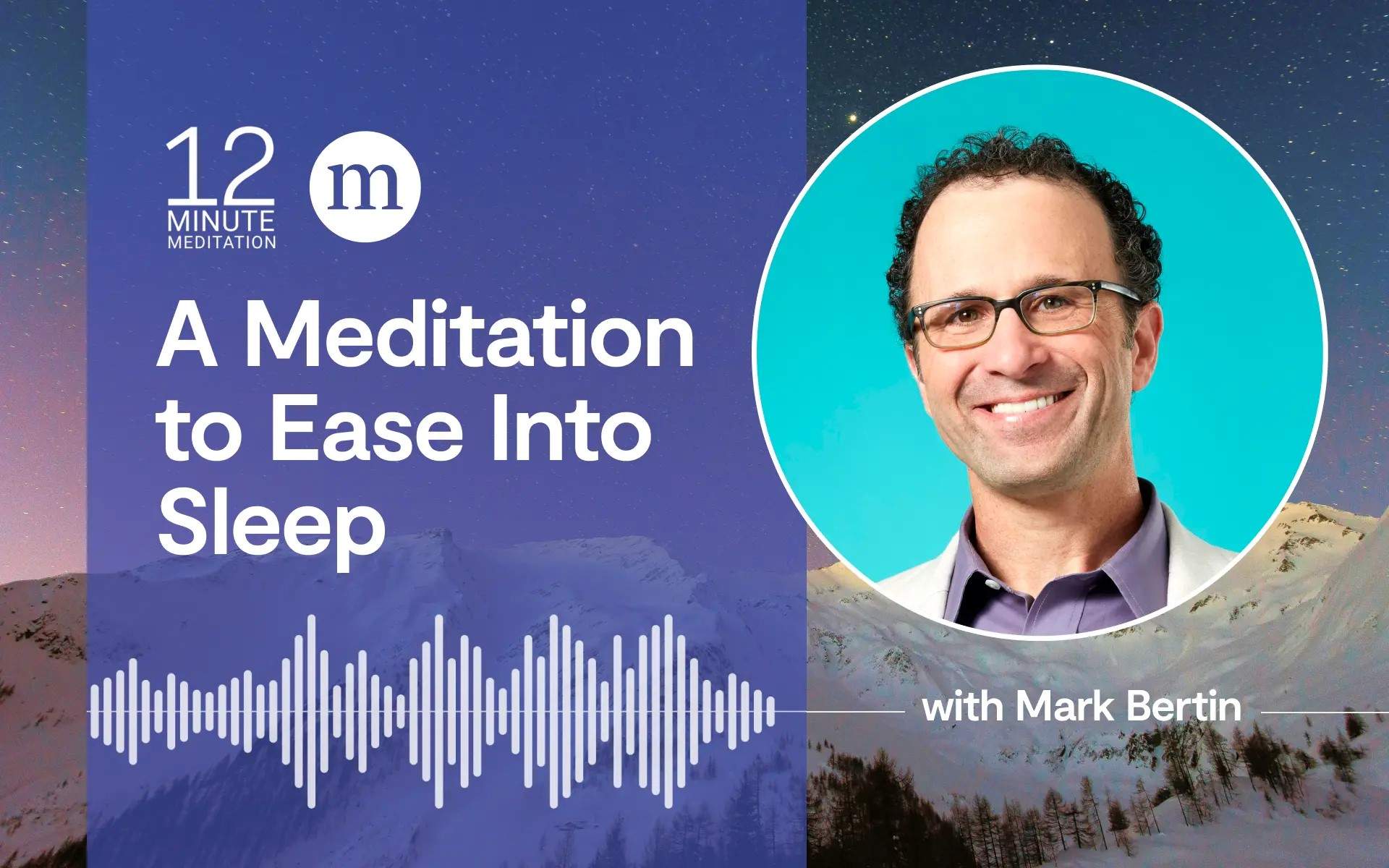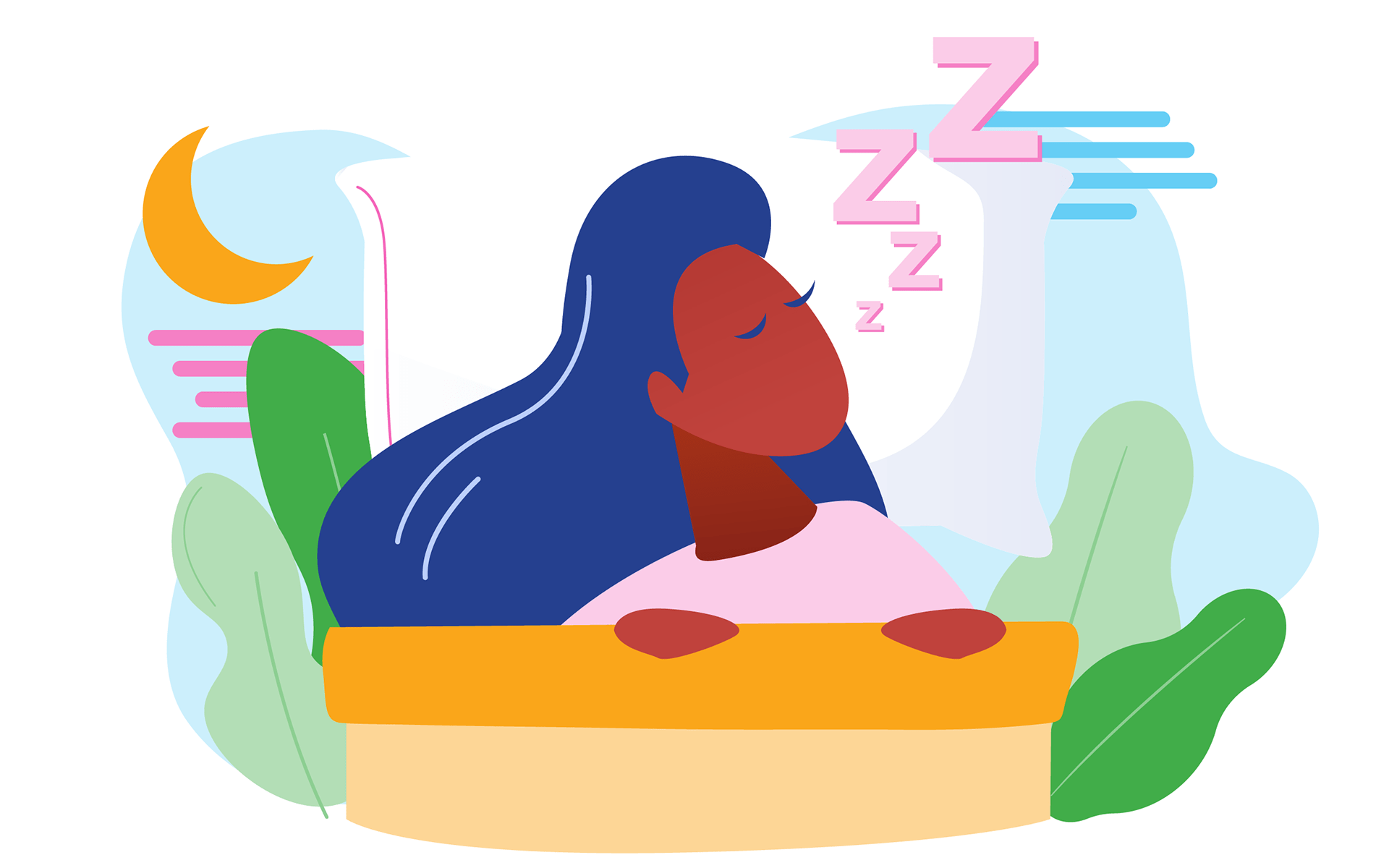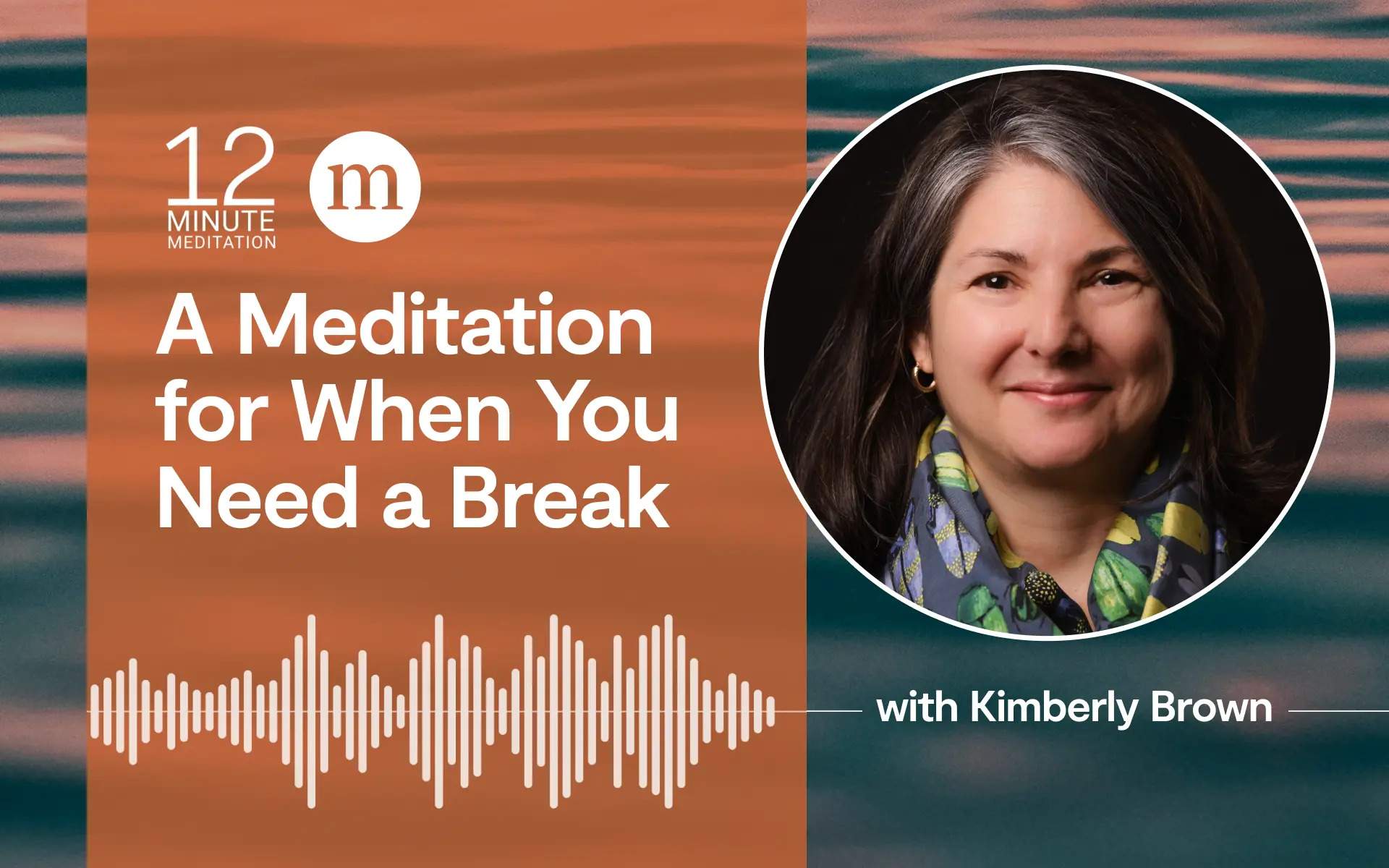Are you getting enough healthy sleep? If you’re like many of us, your answer is no. All day it’s go, go, go, then at night, when we mean to shut down, it’s not so easy. Eventually, the paradox of sleep worry kicks in: Thinking about sleep gets in the way of sleep. And not getting the rest we crave can be quite painful and can exacerbate other health problems.
As with pretty much anything health-related, we may know better, but we don’t stick to what we’d tell our best friend: Keep to a regular bedtime and a consistent routine, and avoid whatever disrupts sleep, like caffeine, alcohol, and screens. Not that complicated, but what’s often hardest is what’s frustratingly out of our full control. Even following solid advice, sometimes we suffer through rotten nights, feeling anxious or struggling to settle ourselves.
We have nothing but empathy for a friend with insomnia, yet as we lie awake in the dark we may not give ourselves the same degree of care. A good place to start, then, might be an adapted version of Kristin Neff’s self-compassion practice: Breathing in, say to yourself, My trouble falling asleep is a moment of suffering. Breathing out, All people have moments of suffering. And then, This is how things are right now. May I find peace and ease and a night’s rest.
Since staying awake while we’re meditating is often a big challenge, it’s no surprise that mindfulness has been shown to promote healthy sleep.
Since staying awake while we’re meditating is often a big challenge, it’s no surprise that mindfulness has been shown to promote healthy sleep. It’s not all that exciting to sit quietly and breathe. It can be downright boring, not to mention calming. But that’s not the whole story. Mindfulness practice encourages nonjudgmental awareness—seeing things exactly as they are, with openness and curiosity. If we accept the basic facts outlined above about what tends to lead to healthy sleep, and it contradicts how we live, it might be time to patiently explore what stands between us and change. With sleep, as with meditation practice, intentions are easier said than done. Here’s a little reflection and inventory list that may help.
4 Sleep Routine Questions to Ask Yourself:
1) Objectively consider your pre-bedtime routine—anything to change?
A consistent bedtime, a quiet room, and a focus on settling down go a long way toward better sleep.
2) Is it time to see a doctor?
It may be unsettling visiting a doctor to find out if you have a sleep disorder, but it’s a good idea. For example, any amount of chronic snoring can disrupt sleep. Aging affects sleep too, which may be worth discussing with your physician.
3) Are there routines other than bedtime that may help you settle? Notice your habits with screens, alcohol, or caffeine. How do you manage stress? How consistently do you exercise? Remember to have self-compassion: Don’t judge yourself for your habits, but take firm action when ready.
4) Are you pushing yourself too hard and taking that into bed? Consider practicing non-striving while in bed. By not trying to sleep, sleep quite often arrives. Focus on the breath or the body. Notice the thoughts swirling: It’s happening again; if I don’t fall asleep soon I’ll be so tired tomorrow. Notice it all, and breathe. Maybe there’s nothing at all to do tonight except that, and to gently let go of thinking about (the) rest.
Neither sleep routines nor mindfulness practice responds well to a heavy hand. If you set out to force yourself into sleep, you’re less likely to get a healthy sleep. If you strain for some picture-perfect mindset when meditating, you’ll create more stress and uncertainty. If you set yourself up with clear-sighted planning and patient resolve— intentionally but unforced—healthy sleep and mindfulness are both more to likely follow.
A Guided Meditation for Healthy Sleep
To allow you to fully experience this meditation, we recommend that you listen to the audio version. However, you can also simply read the text below. If you choose to do so, read through the entire script first to familiarize yourself with the practice, then do the practice, referring back to the text as needed and pausing briefly after each paragraph. Take about twenty minutes for the practice. You can do this practice in a seated position.
In considering any meditation related to sleep, recognize that there’s nothing to force, and nothing to make happen. Since striving makes healthy sleep more challenging, set out to practice without specific expectations or goals. We cannot make ourselves sleep, but perhaps, by aiming to stay settled and getting less caught up in our thoughts, we fall asleep anyway.
For the meditation that follows, there will be no ending bell or instruction. At the end, continue to practice if you like, or hopefully enjoy a good night’s rest instead.
- Start while lying down, allowing your legs to rest in a comfortable posture, hip-width apart. You can place your arms by your side or your hands on your belly.
- Begin by noticing your breath. Pay attention, as best as you’re able to the physical movement related to breathing, such as your belly rising and falling. Or, if you prefer, focus your attention more closely on the air moving in and out of your nose and mouth.
- It’s normal, expected even, to have thoughts — lots of them. Your mind rehashes the day or gets caught up in worrying about tomorrow. Recognize those habits, and then practice letting them be. Label whatever grabs your attention, and come back again to noticing the breath. Breathing in… and breathing out.
- Notice if you get caught up in effort, or frustration, or fear, with compassion for yourself. Catch thoughts of self-criticism or frustration, and come back to just one breath, one more time. Thoughts are only thoughts. Breathing in… breathing out. There’s nothing you need to fix or change right now in this moment. Notice where your thoughts go, and label them “thoughts.” Come back to one next breath, over, and over again.
- Shift attention to sensations in your body. Start by moving your awareness to physical sensations in your feet. You don’t need to wiggle your toes or move your feet, just notice them — the temperature or the pressure of your heel against the blanket or the mat beneath you.
- From your feet, move your attention into your lower legs, noticing whatever there is to see. Letting go of a sense of effort or needing to make anything happen. And then from your lower legs, through your knees, and into your upper legs. If you feel any sense of stress or tension, aim to relax and let go.
- Then through your buttocks and pelvis, and into your belly and abdomen. You might notice a sense of your breath moving up and down, or other physical sensations, or sometimes even reflection of emotion (perhaps an emotion like fear or anger reflects in the stomach in the form of tension or tightness). And as you move from your belly and now into your chest, note each time your mind gets caught up in thoughts of discomfort or distraction. And then gently and with patience, guiding it back one more time.
- Move around into your back, certainly a place many of us hold tension in different ways, relaxing your muscles as best as you’re able, lowering your shoulders from your ears. If you feel a need to make an adjustment, allow that to happen with intention, pausing and choosing your next action. Shift your attention into your hands and lower arms, again without actively needing to move or change anything, observing and letting go.
- Then moving through your neck and into the muscles of your face, perhaps noticing any locations of tightness or pinching, and then with gentleness, as best as you’re able, relaxing those muscles. And then for a few moments, have a general awareness of physical sensations throughout your body.
- And now, if you’re still awake, bring your attention back to the breath, each time the mind wanders into the past or into the future, or wherever it chooses to go. If it’s a useful anchor for your attention, you can count breaths, breathing in, one, breathing out, one, breathing in, two, breathing out, two… When you reach ten, start at one again.
- If counting becomes a distraction, then just stay with the sensation of breathing — wherever you feel the breath entering or leaving your body, or the rising or falling of your belly and chest. Continue on your own now, counting breaths up to ten, patiently returning your attention whenever you become distracted. If you lose track of counting, that’s fine. Start over wherever you last remember.
read more
A Body Scan Meditation to Help You Sleep
Explore this guided meditation to calm your body, bring mindful curiosity and openness to the present moment, and improve your quality of sleep.
Read More
The Ultimate Guide to Mindfulness for Sleep
Sufficient sleep heals our bodies and minds, but for many reasons sleep doesn’t always come easily. Mindfulness practices and habits can help us fall asleep and stay asleep. Consult our guide to find tips for meditation, movement, and mindfulness practices to ease into sleep.
Read More










